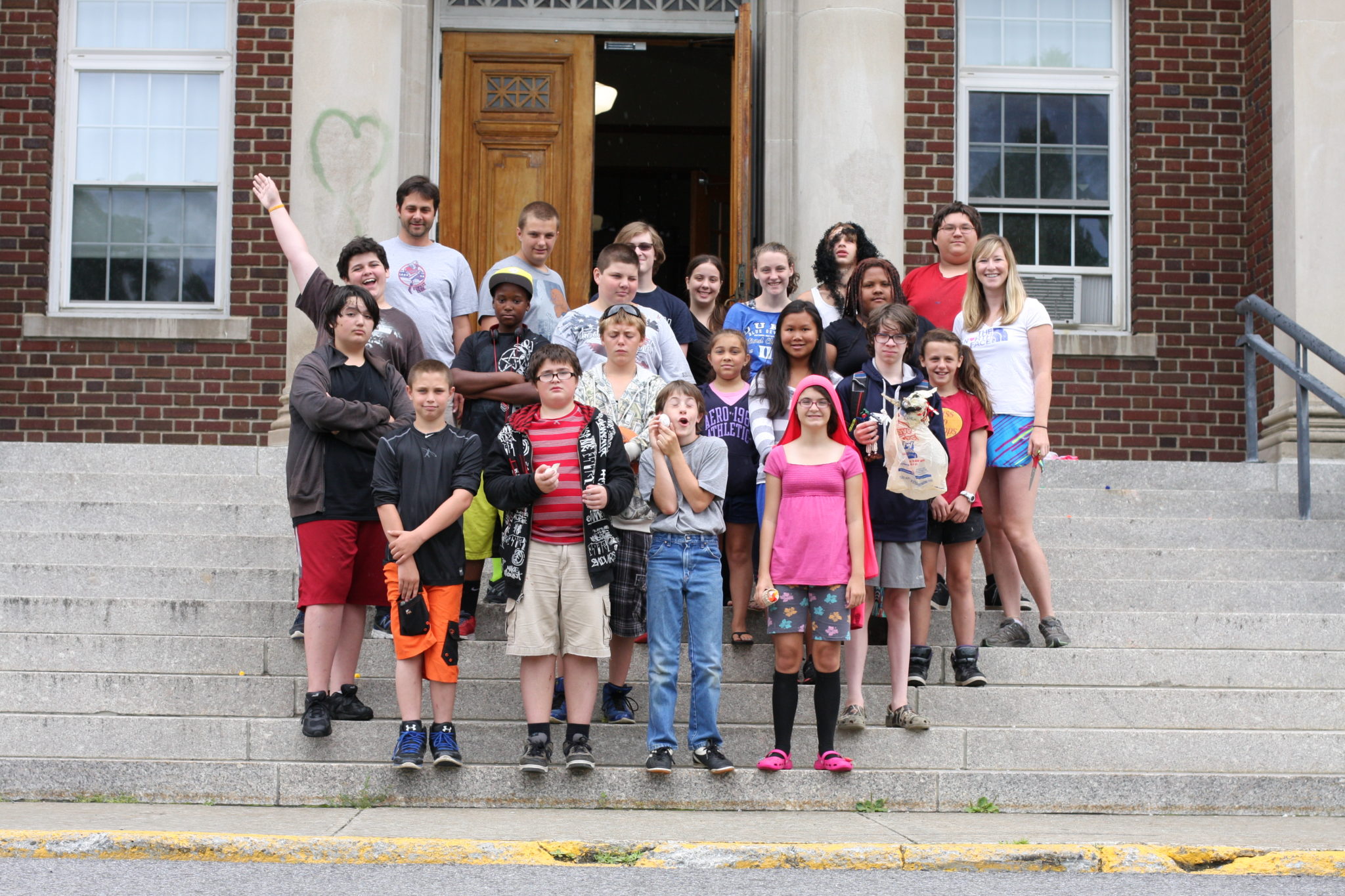Once the groundwork for why afterschool programs are critical has been laid, providing a state-level context can help build further understanding. This data is for you to use in any of your communications materials and is important in establishing context within the larger picture of what’s happening in Vermont.
- Vermont currently has 476 afterschool programs, summer learning programs and other youth-serving organizations. They serve over 20,000 children and youth. They are:
- 228 licensed school age care programs (ages 5-12).
- 100 21st Century Community Learning Centers program sites.
- The rest are Boys and Girls Club sites, teen centers, and other unlicensed community/recreation programs and summer programs/camps.
- An estimated 53% of sites also provide summer programming.
- 69% of towns in the state have programs.
- Schools across Vermont often provide some type of afterschool, summer, or enrichment programming, but the offerings are inconsistent across schools and leave a significant number of students without programming.
- An estimated 26,000 youth across Vermont not in enrolled currently in an afterschool program would be likely to participate if a program were available in their community. This represents a 39% unmet need for afterschool programs in Vermont. (Source: 2020 American After 3PM report)
- See a map of K-12 afterschool and out-of-school time programs across Vermont here.
Providing quality expanded learning opportunities for children and youth pays off in the long run:
Every $1 invested in Vermont afterschool and summer learning programs
Research shows that quality afterschool programs can reduce chronic absenteeism in school, which has been associated with reducing student dropout rates. In doing so, afterschool programs contribute to increased societal gains from graduates’ taxable earnings AND increased societal savings by preventing juvenile and adult incarceration.

